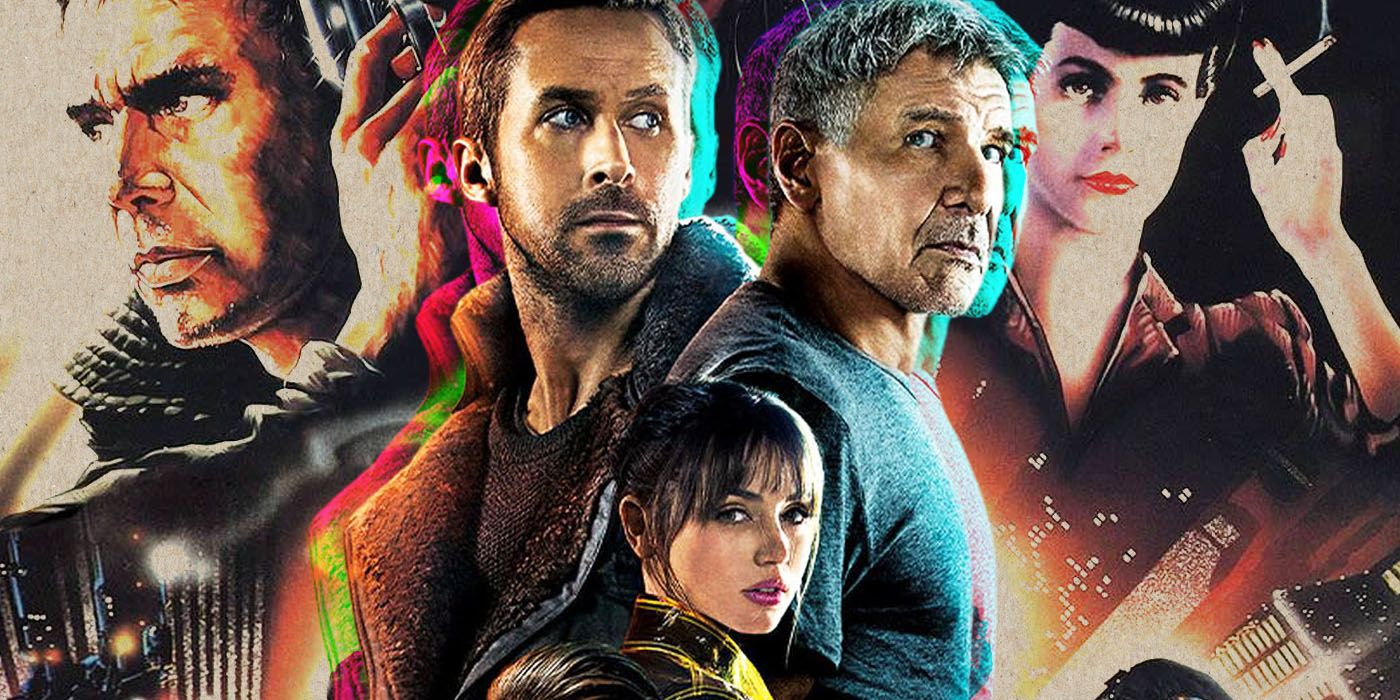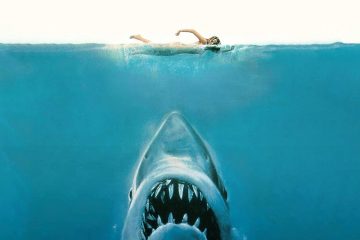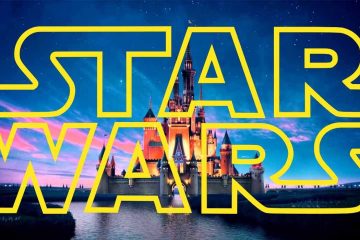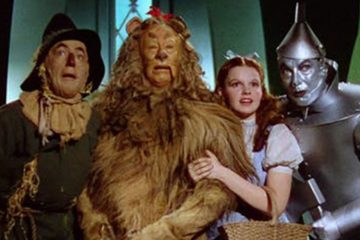Denis Villeneuve’s Blade Runner 2049 is the long-awaited follow-up to the ’80s sci-fi classic Blade Runner–that itself was loosely based on Philip K. Dick’s Do Androids Dream of Electric Sheep. Set thirty years after the original, much has happened in this dystopian future since the replicant Roy Batty (Rutger Hauer) killed his maker (Joe Turkel) and Deckard (Harrison Ford) escaped with Rachel (Sean Young), an advanced replicant model with whom he fell in love. In 2049, the rampant pollution has taken an even firmer grip on the world, and those left on Earth are left wallowing in a hopeless emptiness.Since the fall of Tyrell, the Wallace Corporation has taken charge, creating the replicants that humanity uses for labor and for pleasure. These replicants are far more stable than the older models, with implanted false memories to give them a sense of a past and an emotional grounding–making them easier to control. Thematically, 2049 is an extension of the original, continuing to ask questions about life, humanity, the nature of the soul, and free will in a world that’s now completely past the point of saving. The story centers on an almost entirely new cast of characters dealing with the consequences of what has come before.K’s feelings about wanting to do more with his life seem to be confirmed the more he investigates the bones found buried under the dead tree. He has a memory from when he was a child about a wooden horse and an orphanage. He assumes, like all other replicants, that it is an implant, something someone made up to make him easier to control. But as K continues to investigate, the more it becomes apparent that the memory he has actually happened. If K did live this memory, it would make him the first child of a replicant and an incredibly important part of the movie’s greater conflict. He wants so desperately for this to be true that he, encouraged by Joi, pursues it and becomes entangled in things he doesn’t understand.
Denis Villeneuve’s Blade Runner 2049 is the long-awaited follow-up to the ’80s sci-fi classic Blade Runner–that itself was loosely based on Philip K. Dick’s Do Androids Dream of Electric Sheep. Set thirty years after the original, much has happened in this dystopian future since the replicant Roy Batty (Rutger Hauer) killed his maker (Joe Turkel) and Deckard (Harrison Ford) escaped with Rachel (Sean Young), an advanced replicant model with whom he fell in love. In 2049, the rampant pollution has taken an even firmer grip on the world, and those left on Earth are left wallowing in a hopeless emptiness.
Since the fall of Tyrell, the Wallace Corporation has taken charge, creating the replicants that humanity uses for labor and for pleasure. These replicants are far more stable than the older models, with implanted false memories to give them a sense of a past and an emotional grounding–making them easier to control. Thematically, 2049 is an extension of the original, continuing to ask questions about life, humanity, the nature of the soul, and free will in a world that’s now completely past the point of saving. The story centers on an almost entirely new cast of characters dealing with the consequences of what has come before.
K’s feelings about wanting to do more with his life seem to be confirmed the more he investigates the bones found buried under the dead tree. He has a memory from when he was a child about a wooden horse and an orphanage. He assumes, like all other replicants, that it is an implant, something someone made up to make him easier to control. But as K continues to investigate, the more it becomes apparent that the memory he has actually happened. If K did live this memory, it would make him the first child of a replicant and an incredibly important part of the movie’s greater conflict. He wants so desperately for this to be true that he, encouraged by Joi, pursues it and becomes entangled in things he doesn’t understand.
#Blade #Runner #Explained
Note:- (Not all news on the site expresses the point of view of the site, but we transmit this news automatically and translate it through programmatic technology on the site and not from a human editor. The content is auto-generated from a syndicated feed.))



